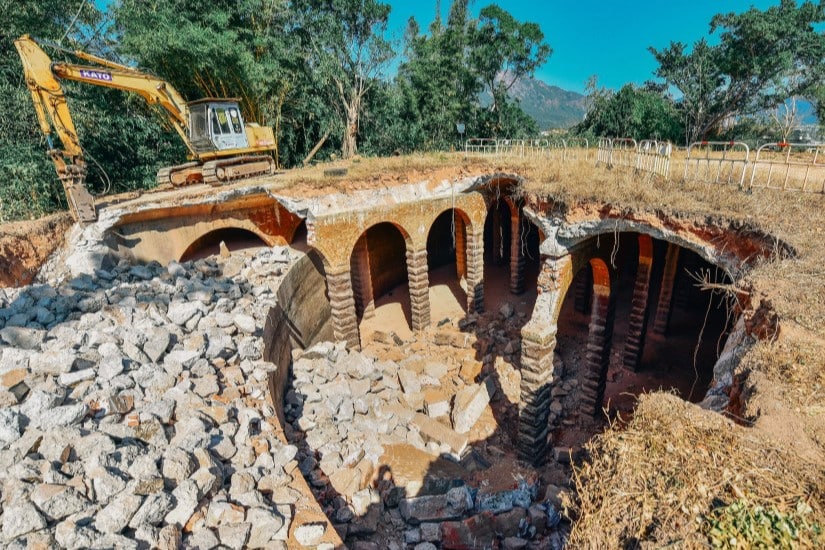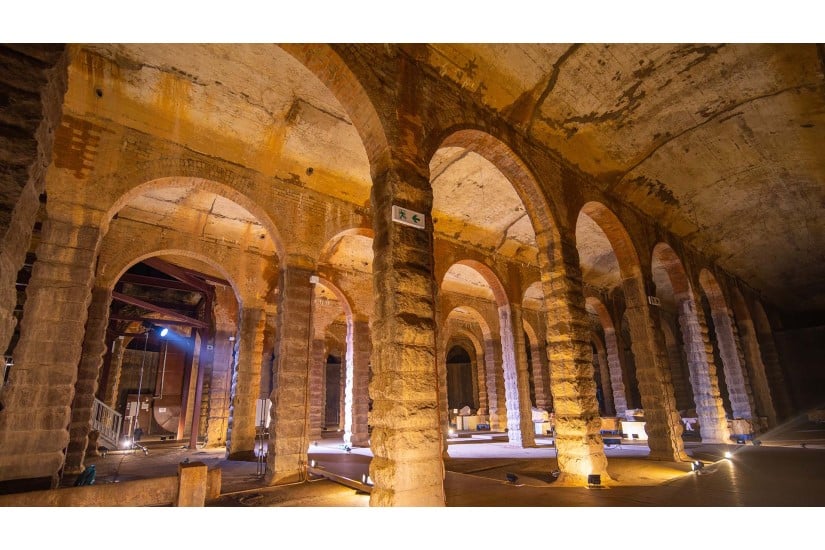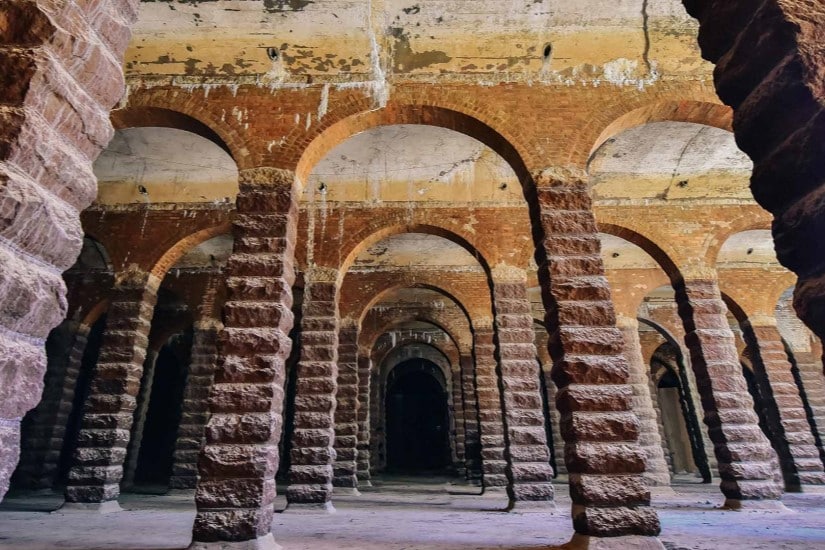Whenever the weekend comes, I believe everyone feels lost because they want to find something to do, but struggle to find a good place to go, making the holiday very boring. Doing nothing, feeling like time is being wasted, so why not explore a good place in Hong Kong, experience the uniqueness of Hong Kong, and the former Sham Shui Po Reservoir is a good place. This chapter will introduce the features of the former Sham Shui Po Reservoir and experience the history of Hong Kong in the past.
A Bit of History
Before the Sham Shui Po Reservoir, also known as the Sham Shui Po Water Pressure Reducing Cylinder or Sham Shui Po Wo Tsai Shan Reservoir, Sham Shui Po Bishop Hill Reservoir is a pre-war waterworks building located on the top of Wo Tsai Shan in Sham Shui Po District, Hong Kong, and was completed in the early 20th century.
Before the construction of the Sham Shui Po Reservoir, Hong Kong’s water reservoir capacity was only 250,000 gallons. At the same time, the hydraulic system of Hong Kong’s water supply system was found to have failed to overcome obstacles several times, so Hong Kong urgently needed to build larger-scale water storage facilities.
The Hong Kong government at the time planned to build a circular, 150-foot diameter, 20-foot deep reservoir on the northern hill of Kowloon Tong Village, estimated to hold 2 million gallons of drinking water, connected to the Yau Ma Tei aqueduct to supply water to Tai Kok Tsui and Sham Shui Po, with a budget of 60,000 dollars.

In December 2020, the government’s plan to demolish the Sham Shui Po Reservoir was exposed on social media, sparking widespread concern among Hong Kong citizens. Some questioned the government’s mechanism for conserving important and historical cultural relics. Eventually, the government agreed to suspend the project and, together with staff from the Antiquities and Monuments Office, arranged for experts to conduct research and evaluation on the building. Subsequently, the building was classified as a Grade I historical building in Hong Kong in June 2021, and after conservation and restoration, it was handed over to the Water Supplies Department for management and open to the public for visits.
Features
The distinctive feature of the former Sham Shui Po Water Tank is its neatly arranged granite columns, along with semi-circular arches made of red bricks and concrete vaulted ceilings, making it one of the few buildings in Hong Kong built in reference to ancient Roman architectural style. The water tank is built on the Bishop Hill, with the entire concrete ceiling supported by 108 neatly arranged granite columns.

After the reservoir has been repaired, the yellowish light can highlight its classical beauty even more. Feel the architectural aesthetics composed of different building materials, lines, and shapes, with neatly arranged stone columns and layers of semi-circular arches, giving a sense of solemnity and stability, allowing people to experience the beauty of European classical architecture in Hong Kong.

Visiting method
In order for citizens to understand the historical background of the former Sham Shui Po Service Reservoir and appreciate its internal structure, and hope to enhance public awareness of the conservation of water service historical buildings and cultural relics. The Water Supplies Department partially opens the service reservoir for citizens to visit, and the visit activities are conducted in the form of guided tours.
Individual and group guided tours can be booked on the Water Supplies Department website. The meeting point for the guided tours is at Shek Kip Mei Pei Ho Street, and it takes about 15 minutes to walk from the meeting point to the reservoir. In addition, the Water Supplies Department has also launched an online virtual tour, allowing you to have a 360-degree panoramic view of the reservoir and providing explanations of various architectural features.

